Some useful conversion factors:
Look at well-designed Peltier coolers as about 1/3 as efficient as most aquarium heaters (that are nearly 100% efficient).
A heater to give a certain temperature change may be selected (for us ice folks) as big enough to overcome room chilling but small enough to not boil the fish if the contacts stick in the thermostat. For 5G tanks, I prefer 25W heaters as meeting those criteria in human-comfortable surroundings.
One might then guess a similar ability to overcome room effects might be possible with a 75W Peltier chiller, or a bit over 20W/G on other similar shaped tanks. Insulating bottom, sides, and back could drop that number quite a bit, I suspect. We are talking killies, so covered tops are, of course, mandatory. Right?
Basically, 1 Watt is about .85 KCal. so could chill a liter about 0.85 degrees Celcius. The significant factor is to balance room heating against the cooling to get the desired end effect at a price we can afford.
I'd assume I could design a far more sensible heat-sink arrangement than the Japanese one, so would probably start with the 20W/G rule of thumb until I had one built and tested. YMMV.
Wright
01 760 872-3995
805 Valley West Circle
Bishop, CA 93514 USA




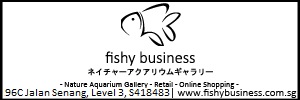






 Reply With Quote
Reply With Quote
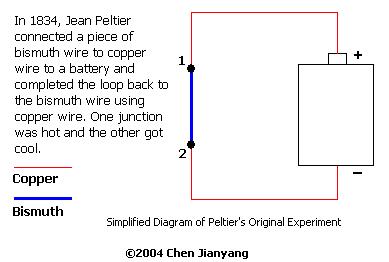



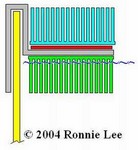
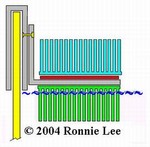
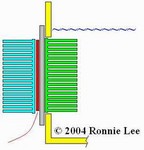

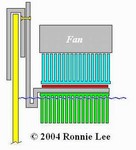
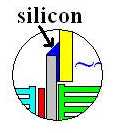

Bookmarks